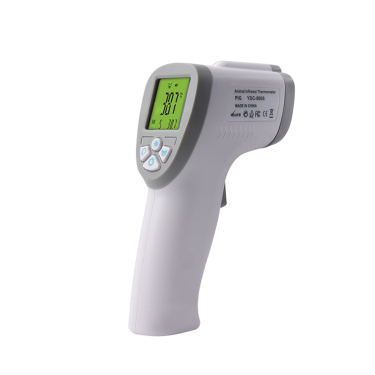
# Dog Thermometer: Essential Tool for Monitoring Your Pet’s Health
## Why Every Pet Owner Needs a Dog Thermometer
As a responsible pet owner, monitoring your dog’s health is crucial. One of the most important tools in your pet care arsenal should be a reliable dog thermometer. Unlike human thermometers, these specialized devices are designed specifically for canine use, providing accurate readings that help you detect potential health issues early.
## Understanding Normal Dog Temperature
Before using a dog thermometer, it’s essential to know what constitutes a normal temperature for your pet:
– Normal range: 101°F to 102.5°F (38.3°C to 39.2°C)
– Puppies may have slightly higher temperatures
– Temperature can vary slightly by breed and size
## Types of Dog Thermometers Available
### 1. Rectal Digital Thermometers
Considered the most accurate method for measuring a dog’s temperature, these thermometers provide quick readings within seconds. They typically feature flexible tips for comfort and safety.
### 2. Ear Thermometers
These infrared devices measure the temperature inside your dog’s ear canal. While less invasive than rectal thermometers, they may be slightly less accurate if not positioned correctly.
### 3. Non-contact Infrared Thermometers
Keyword: dog thermometer
These allow you to measure temperature without physical contact by scanning your dog’s forehead or inner ear. They’re convenient but generally less accurate than other methods.
## How to Properly Use a Dog Thermometer
Using a dog thermometer correctly ensures accurate readings and keeps your pet comfortable:
– Always lubricate the thermometer tip with petroleum jelly or water-based lubricant
– Gently insert the thermometer about 1 inch into the rectum
– Hold it in place until it beeps (for digital models)
– Comfort and praise your dog throughout the process
– Clean the thermometer thoroughly after each use
## When to Check Your Dog’s Temperature
Regular temperature checks aren’t necessary for healthy dogs, but you should use your dog thermometer when you notice:
– Lethargy or unusual behavior
– Loss of appetite
– Shivering or panting excessively
– Vomiting or diarrhea
– Before and after vaccinations
## Interpreting the Results
Understanding what your dog’s temperature means is crucial:
– Below 99°F (37.2°C): Hypothermia – seek veterinary attention
– 103°F (39.4°C) or higher: Fever – contact your vet
– 106°F (41.1°C) or higher: Emergency – immediate veterinary care required
## Choosing the Right Dog Thermometer
When selecting a dog thermometer, consider:
– Accuracy and reliability
– Ease of use and cleaning
– Speed of reading
– Comfort features for your pet
– Durability and waterproofing (if needed)
## Maintaining Your Dog Thermometer
Proper care ensures your thermometer remains accurate and hygienic:
– Clean before and after each use with alcohol wipes
– Store in a protective case
– Replace batteries regularly
– Check accuracy periodically against a known standard
Investing in a quality dog thermometer is one of the smartest decisions you can make for your pet’s health. By monitoring your dog’s temperature when they show signs of illness, you can catch potential problems early and seek veterinary care promptly. Remember that while a thermometer is an essential tool, it doesn’t replace professional veterinary advice when your pet is unwell.
